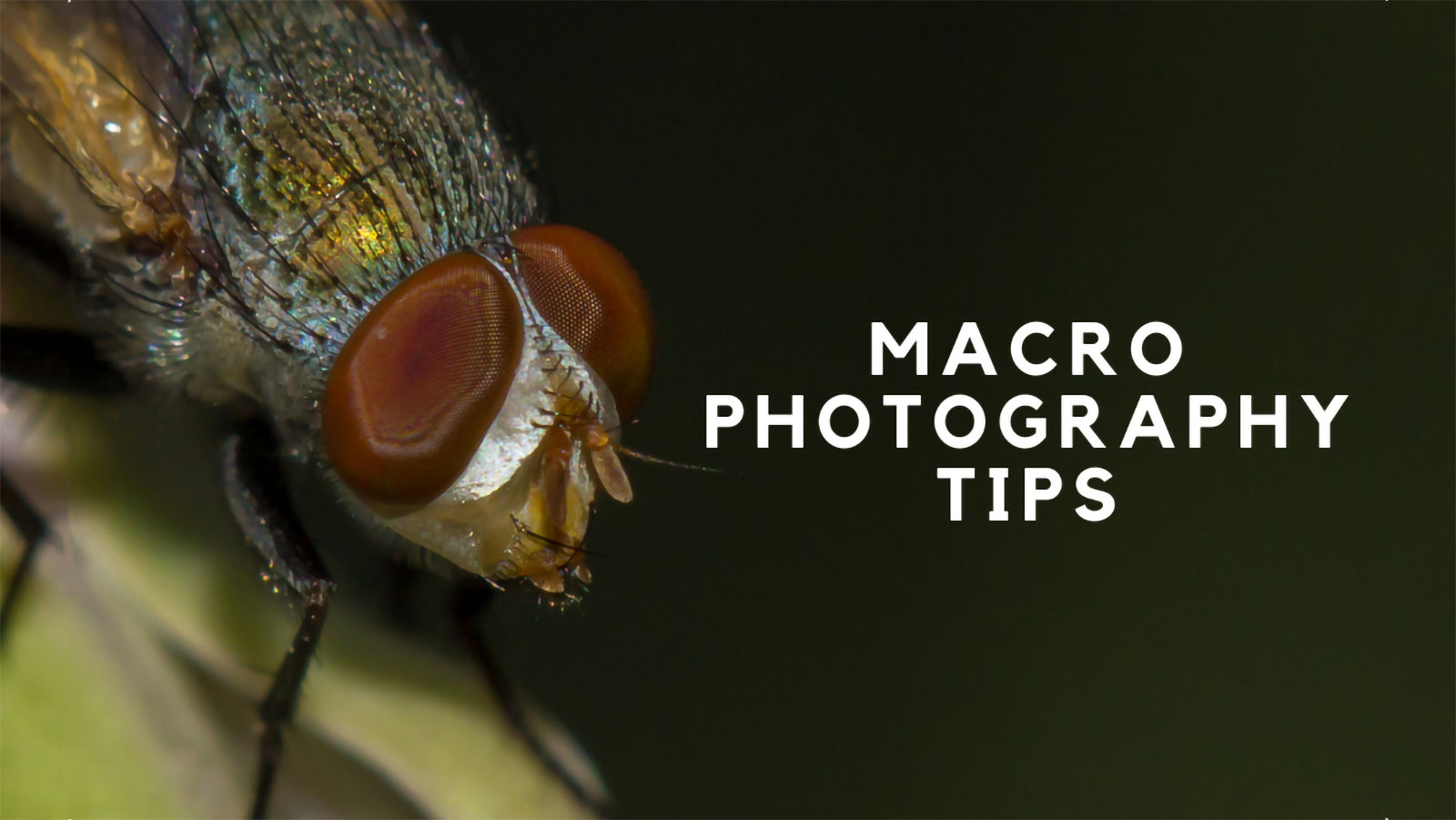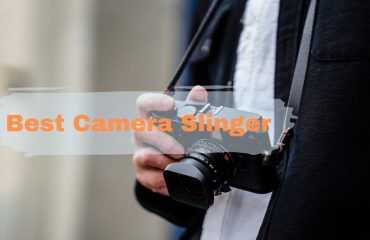Macro photography is a creative and very broad genre of the art form. All the digital cameras are now capable of shooting macro nowadays. And they make it easy for capturing macro shots as easy as clicking just a button. But you will not get great results only being dependent on the camera. There are some rules and techniques to follow for getting great macro shots. If you want to take your macro photography to the next level, then follow the proper ways for shooting great macros.
What is Macro Photography?
Macro photography involves photographing small objects to make them look larger in the photo. Normally, subjects like flowers and small insects that we cannot get to see with the naked eye. This kind of photography is used for achieving details in jewelry and other complex objects. It is also an art that is merged in almost every niche of photography.
The ideal magnification for the macro shot is 1:1. And this type of photography depends on this ratio. Real macro shots are that which has have been magnified at a ratio of 1:1 or more.
Most of the DSLRs & digital cameras have a built-in macro mode which helps users capture macros nowadays. These cameras can adjust lens elements and move them closer to the sensor automatically. But the camera is not the only thing you should give credit to. You have to know the proper rules and the cutting-edge techniques for the amazing macro shots.
There is a wide range of macro lenses available with which you can achieve true macro photos. Even with the proper tools, pro macros can still be hard to shoot. Hope these amazing tips for shooting macro photo will help you take masterpiece.
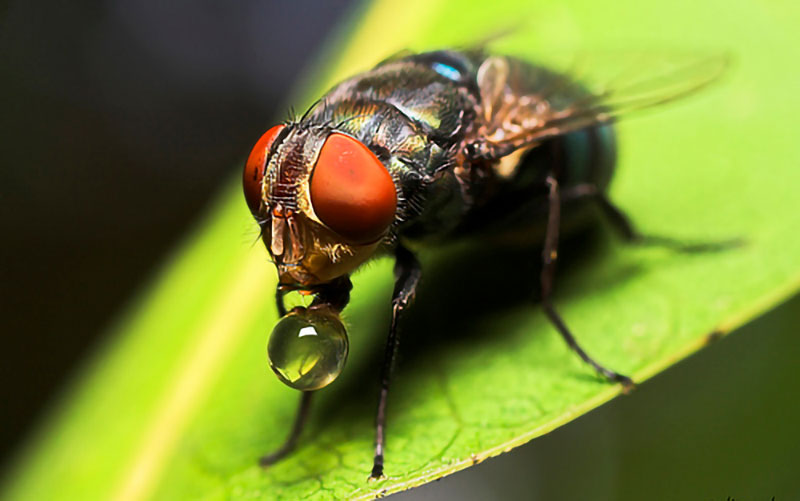
Tips 1: Use a Good Macro Lens
Though digital cameras provide a macro mode in the menu, the 100% ratio of 1:1 magnification. If you want gallery-quality macro images, you will need a dedicated macro lens. Canon offers a variety of macro lenses on the market that include 1:1 magnification. Though they demand high prices they are worth it.
Use a flat field, if you want to take shots of flat objects such as coins, stamps, etc. Flat field ensures edge-to-edge sharpness.
Tips 2: Choose a Suitable Macro Subject
Not every subject will make a good macro. Some specific subjects are perfect for a macro shot. If your viewer cannot get what they are viewing when they see your macros. Though it is all a question of personal preferences. If your subject appears confusing while taking macro shots, then avoid it. The subjects that appear pleasing and appealing are qualified as a suitable macro subject.
The small subjects include insects, butterflies, raindrops, miniature dolls, jewelry, which are the best for macro photography.
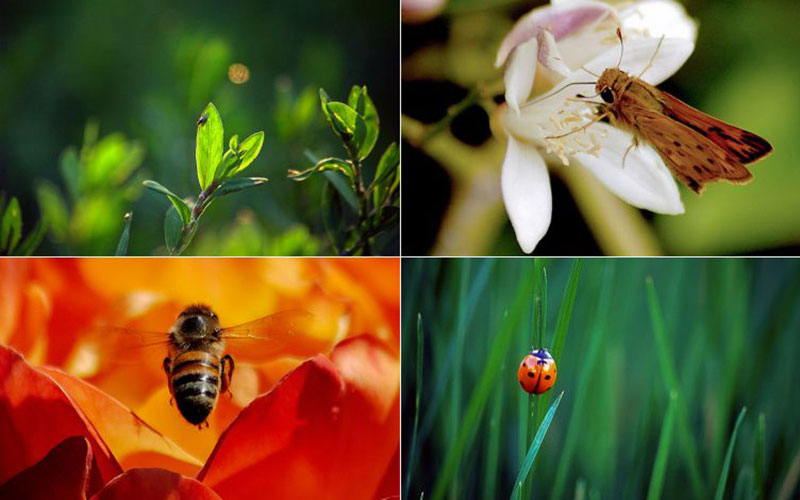
Tips 3: Use a Longer Focal Length
You may need to use longer focal lengths for living subjects. A longer focal length will allow you to digitally move in closer when shooting insects and objects. The focal length above 90mm is the best focal length for these types of situations. For such situations, you can use Tokina AT-X 100mm f/2.8 PRO D Macro Lens.
There are also connective lens accessories available such as tubes or bellows for Nikon and other camera brands.
Tips 4: Customize the Background
Shooting macro subjects will be easy if you can have complete control over the backgrounds. In this case, you should consider the positions, lighting, and other settings. Simply place your macro subjects against the proper background. Try to keep it simple by positioning the subjects in front of a contrasting background. Locate your camera farther away from the subject and it makes a beautiful background blur.
Tips 5: Use Depth of Field
The hardest thing in macro photography is achieving the right balance and sharpness. Creating a nice depth of field will give you an amazing and aesthetic look in your macro shots. When you can shoot from an angle, capture the interesting parts of your subject on a single plane of focus. This way you can have sharp images with maintaining beautiful background bokeh. Another way for balancing the depth of field and sharpness is focus stacking. Learn how to create an amazing depth of field from our latest photography guide.
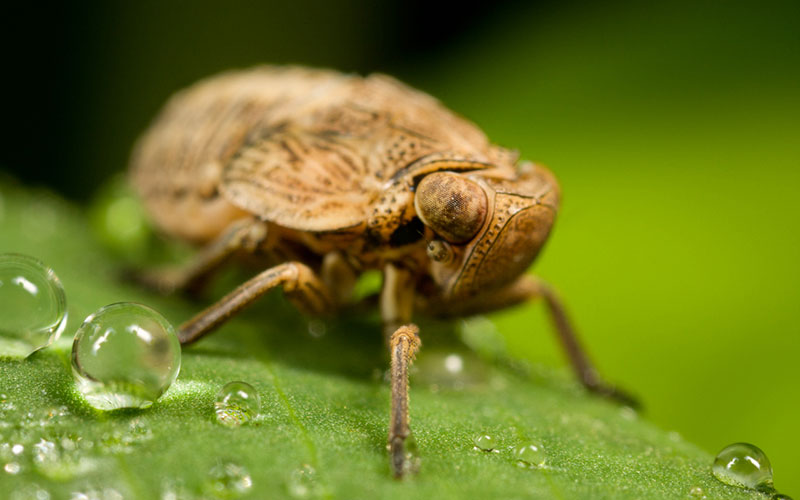
Tips 6: Use Better Lighting
Light is the main component in photography. And the macro photographers benefit from having good lighting. When the subject is still too dark despite having a wide-open aperture, you can add light to support your exposure settings. Use a ring flash to enable the use of smaller apertures, faster shutter speeds for handheld shooting.
Tips 7: Plan Your Point of Focus
When you have your shot ready, the moment is for focusing and shooting. But before that, you have to realize which point of focus can improve the composition in macro photography. You can take better macro shots by learning how to focus on different parts of the frame manually. So, try to adjust your focus to provide different and interesting perspectives.
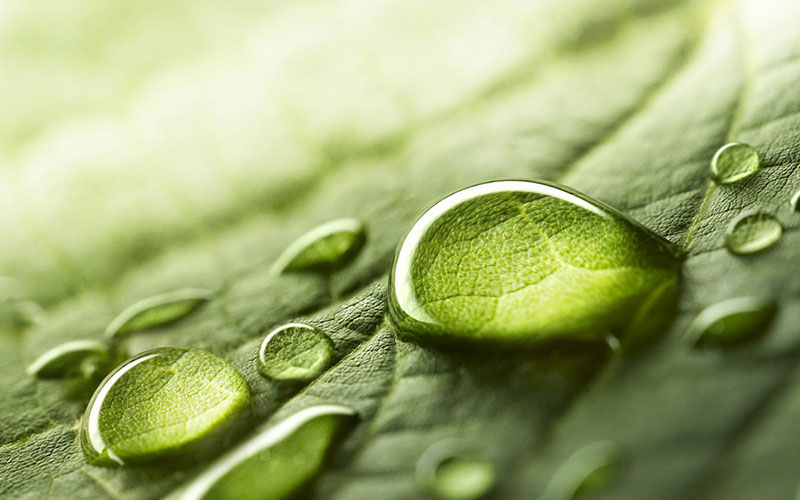
Tips 8: Be Patient
Macro photography can be difficult for many photographers in the beginning. There are many things to remember to achieve a perfect and professional macro shot. So, you must be patient while practicing macro photography. It becomes a skill when you get used to it. You would be well on your way to improving your shots with every click being patience.
Conclusion
Macro photography is a fascinating niche in photography that can turn into a lifetime passion. Amazing subjects are everywhere for shooting macro photos. Anyone who has a digital camera already has the necessary equipment for doing this great art. You may have suggestions from many professionals that macro photography is fun. For shooting small you need to follow proper rules and techniques for getting amazing results.
Macro filters can degrade the quality of the photo. Macro shots of flowers will typically have a shallow depth of field if you use a macro filter.
A 50mm will give you a 1:1 magnification or true macro-scale image. But you can use any lens which suits you.

